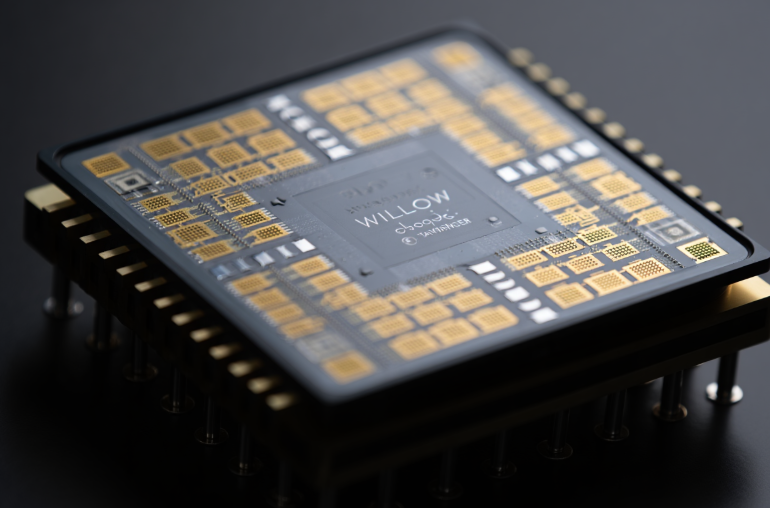Pakistan to Launch First Hyperspectral Satellite: A New Space Era Begins
Pakistan is set to launch its first hyperspectral satellite, called HS-1, on October 19, 2025. The launch will take place from China’s Jiuquan Satellite Launch Centre. This marks a historic step for the country’s growing space program and scientific research.
Hyperspectral satellites capture images in hundreds of color bands instead of just a few. As a result, they can detect even the smallest changes in land, water, and vegetation. This technology will help Pakistan gather detailed information about crops, soil, minerals, and the environment.
Transforming Data into Progress
The HS-1 satellite will play a key role in improving agriculture. It will help monitor crop health, water levels, and soil quality more accurately. Farmers will benefit from real-time insights, allowing them to plan irrigation, fertilizer use, and harvest times effectively.
In addition, the satellite will help authorities track deforestation, monitor pollution, and predict floods and landslides. This will strengthen disaster response and protect vulnerable communities. Urban planners can also use the data to design smarter cities and manage resources better.
However, the mission comes with challenges. Experts stress the need for strong data-analysis systems and trained professionals to turn satellite data into practical solutions. Despite this, the HS-1 project shows Pakistan’s commitment to innovation and sustainability.
With this launch, Pakistan joins the list of nations using space technology for development and environmental care. It’s not just a scientific milestone — it’s a vision for a smarter, more resilient future.






